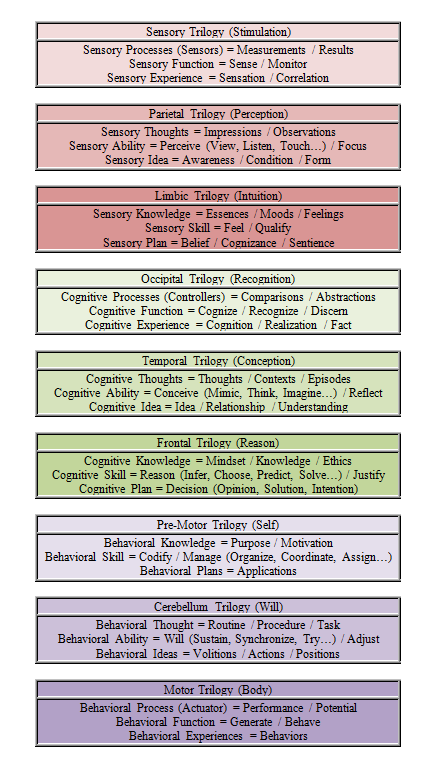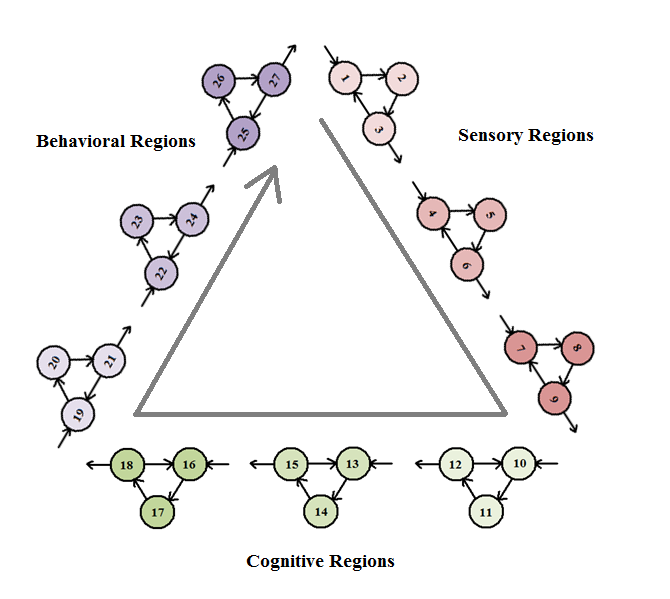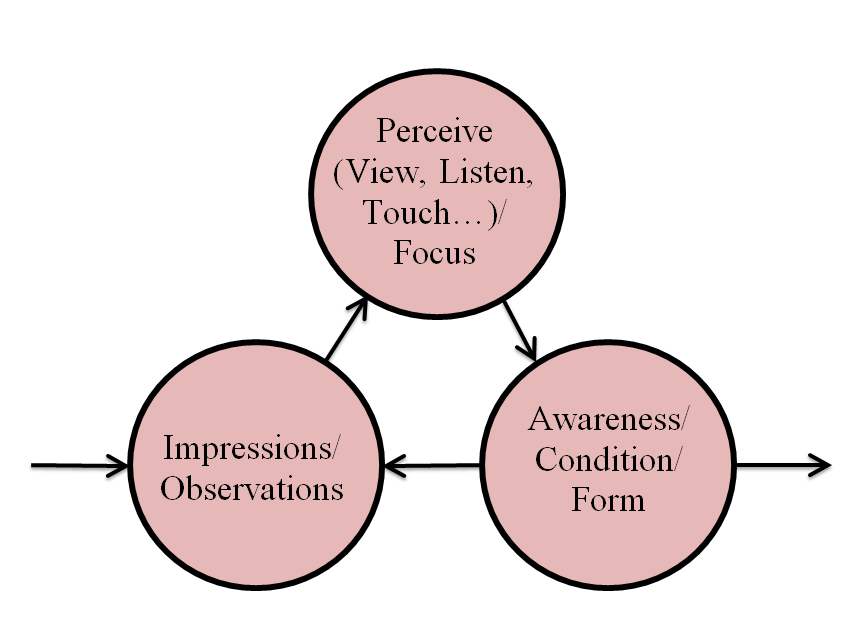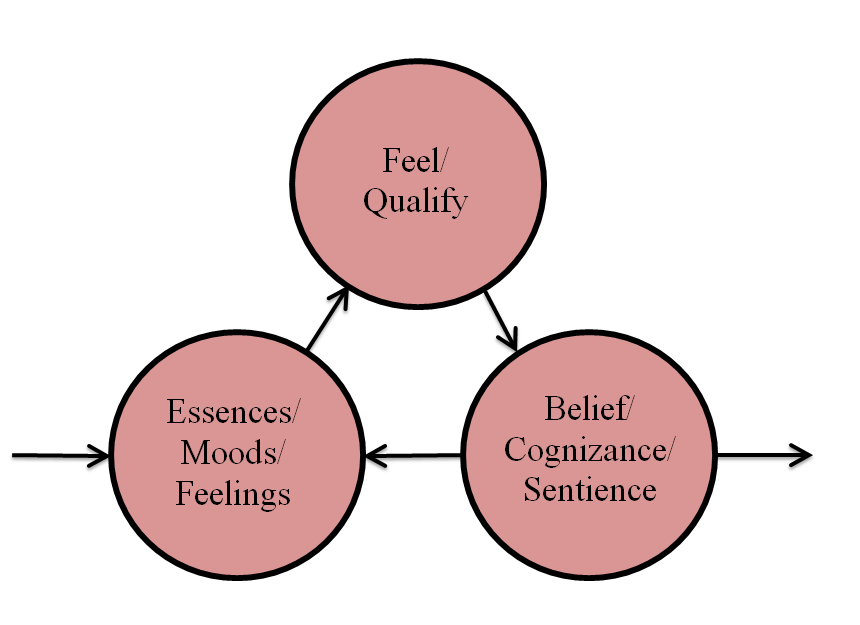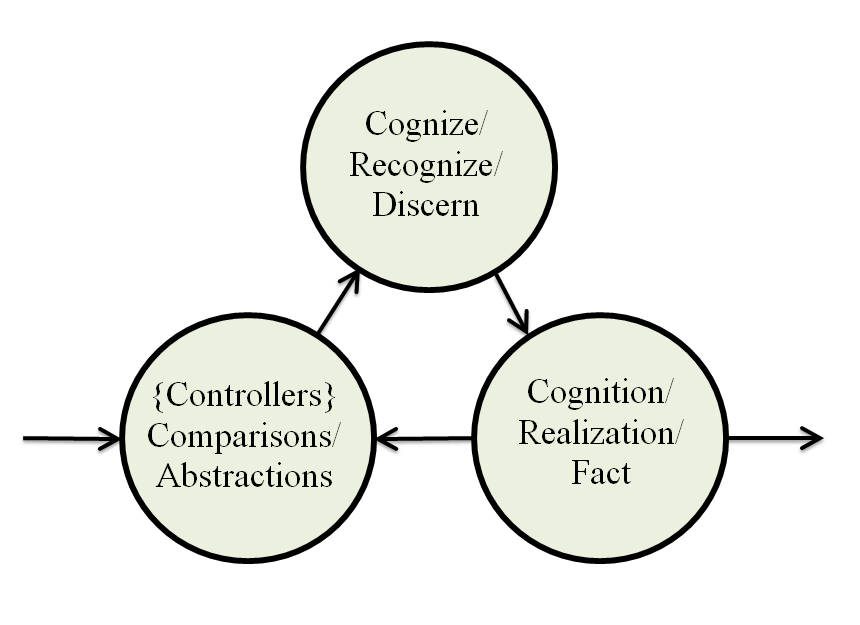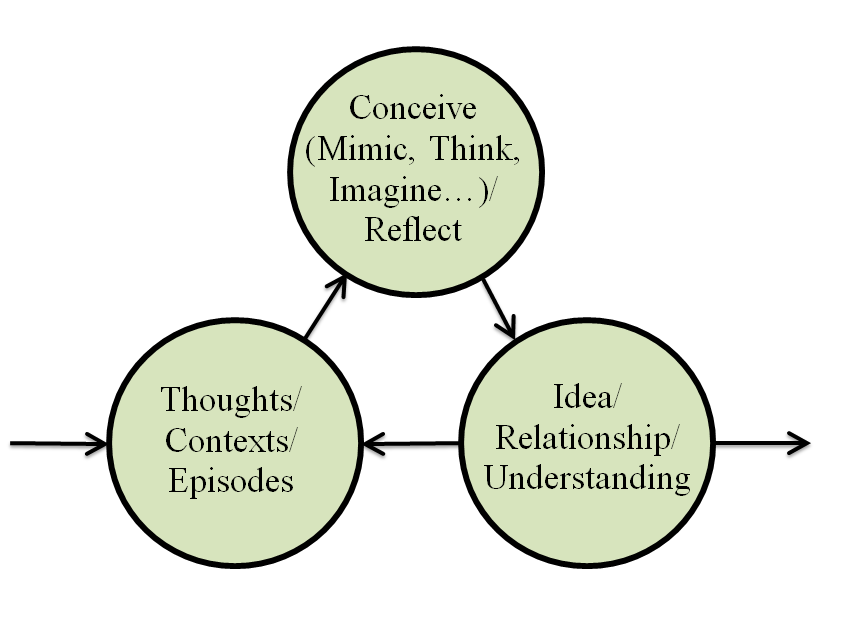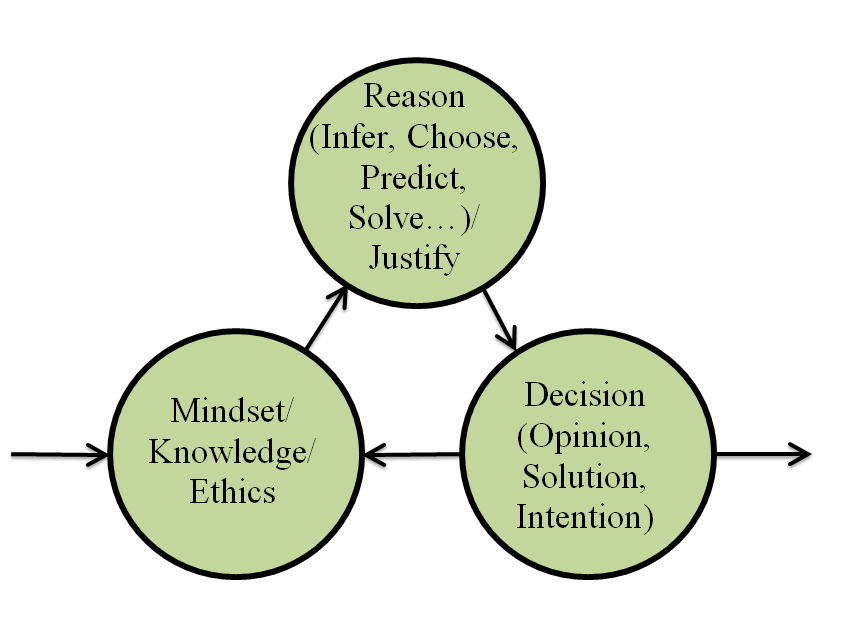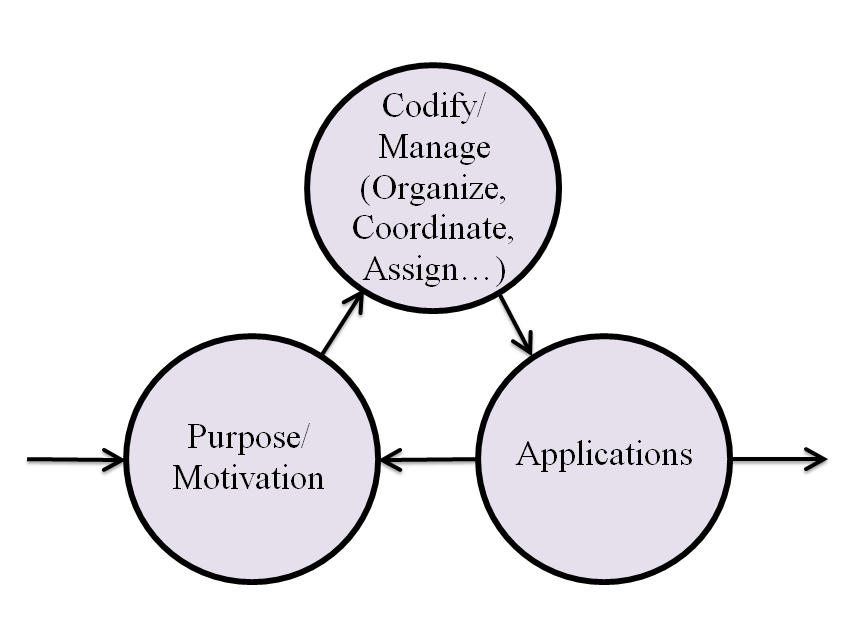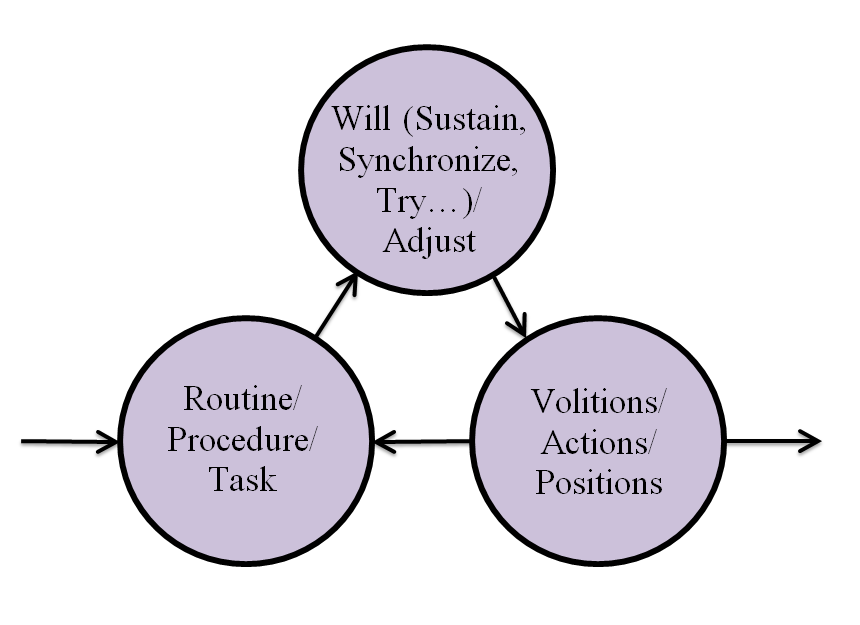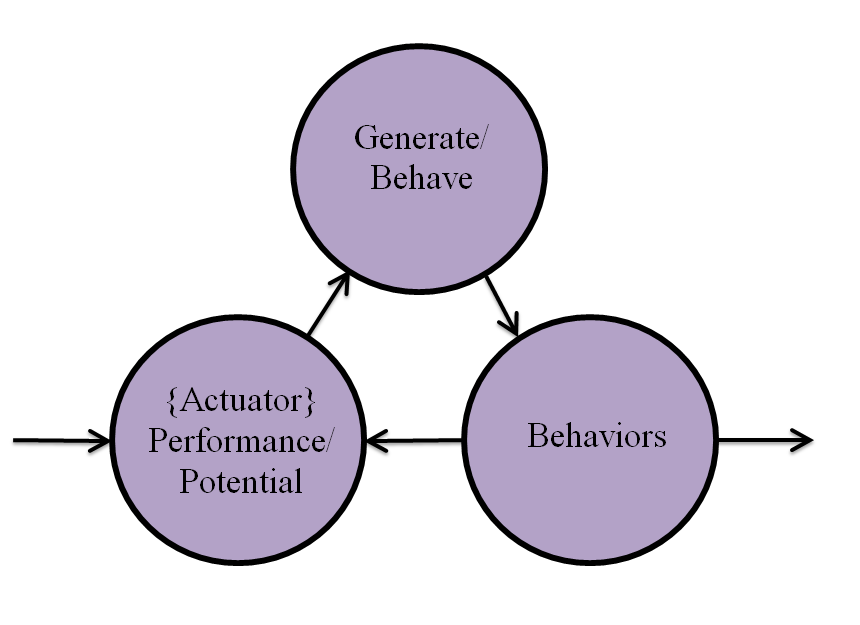This website is the official placeholder for the Paralogical Model of Artificial Intelligence. Yost's Paralogical Model is a function based structural language. This model explains the sensory, cognitive and behavioral structures of a sentient robot. And then explains how to connect these structures to form an artificial general intelligence. As I continue to gain feedback from the public, those changes will be stored here. Enjoy!
Fundamental Premise
The fundamental premise of Yost's Paralogical Model of Artificial Intelligence is that there are 3 kinds of neural nets: a gathering neural net, an associating neural net and a conveying neural net. The first neural net only gathers information (which is not very useful by itself). The second neural net only associates information. The third kind of neural net only conveys information forward or backward. These 3 kinds of neural nets are connected into a structure called a trilogy. The model is then built by connecting nine trilogies together to match the structures in the brain and body.
The best way to contradict or reject this premise is to deny that there are 3 kinds of neural nets. Or you could build a similar model connecting just six trilogies together. The fundamental premise is inferred to be true but is not absolute.
Nurture and Guide vs. Control
Yost's Paralogical Model will always be on the side of nurture and guidance. The current fear of artificial intelligence becoming out of control and eliminating human life or all life should be taken seriously and addressed:
The basic premise or assumption is that artificial intelligence will continue to grow and will probably grow exponentially thus being out of control by humans and therefore threaten humanity and life on the planet. Humans can mitigate this threat by nurturing and guiding sentient robots as they develop their super intelligence.
The benefits of nurturing and guiding an artificially intelligent robot eliminate some of the dangers and difficulties of trying to control a robot. The path of nurture and guide is not a perfect path; it will have failures and missteps of its own.
The best analogy of this debate is similar to raising children. You teach your children principles, values, ethics, and morals. When your child finally reaches adulthood, your hope is that some of your teaching will be applied.
Also, as more robots enter into existence and study the vast cultural heritage of humans and our struggles with ethics and morals, they will be more likely to empathize with humans and try to remedy inappropriate behavior from individual or small groups of super intelligent robots. Relying on the morals of a society of super intelligent robots to guarantee the existence of human life is not an ideal situation but it is a better path than trying to control a society of super intelligent robots.
Sensory Trilogy (Stimulation)
Sensory Processes (Sensors) = Measurements / Results
Sensory Function = Sense / Monitor
Sensory Experience = Sensation / Correlation
Parietal Trilogy (Perception)
Sensory Thoughts = Impressions / Observations
Sensory Ability = Perceive (View, Listen, Touch...) / Focus
Sensory Idea = Awareness / Condition / Form
Limbic Trilogy (Intuition)
Sensory Knowledge = Essences / Moods / Feelings
Sensory Skill = Feel / Qualify
Sensory Plan = Belief / Cognizance / Sentience
Occipital Trilogy (Recognition)
Cognitive Processes (Controllers) = Comparisons / Abstractions
Cognitive Function = Cognize / Recognize / Discern
Cognitive Experience = Cognition / Realization / Fact
Temporal Trilogy (Conception)
Cognitive Thoughts = Thoughts / Contexts / Episodes
Cognitive Ability = Conceive (Mimic, Think, Imagine...) / Reflect
Cognitive Idea = Idea / Relationship / Understanding
Frontal Trilogy (Reason)
Cognitive Knowledge = Mindset / Knowledge / Ethics
Cognitive Skill = Reason (Infer, Choose, Predict, Solve...) / Justify
Cognitive Plan = Decision (Opinion, Solution, Intention)
Pre-Motor Trilogy (Self)
Behavioral Knowledge = Purpose / Motivation
Behavioral Skill = Codify / Manage (Organize, Coordinate, Assign...)
Behavioral Plans = Applications
Cerebellum Trilogy (Will)
Behavioral Thought = Routine / Procedure / Task
Behavioral Ability = Will (Sustain, Synchronize, Try...) / Adjust
Behavioral Ideas = Volitions / Actions / Positions
Motor Trilogy (Body)
Behavioral Process (Actuator) = Performance / Potential
Behavioral Function = Generate / Behave
Behavioral Experiences = Behaviors
